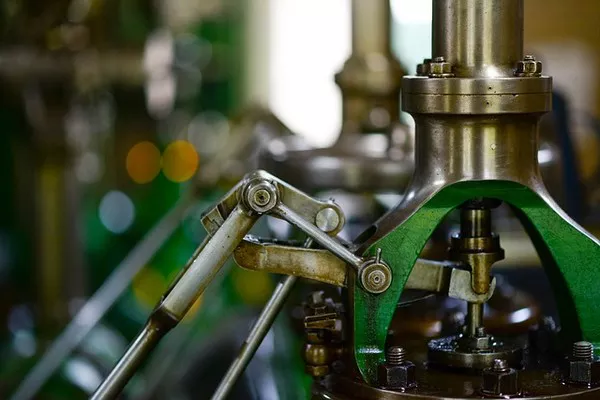The partnership between Ultium Cells and Redwood aims to accelerate the transition to electric vehicles (EVs) and a clean energy economy through sustainable practices.
As the demand for batteries soars, environmental concerns and resource scarcity have become more pressing. Recycling batteries is crucial to addressing these issues, as it allows the recovery of valuable materials and reduces the need for raw material extraction. Additionally, it helps prevent hazardous waste from piling up in landfills and supports the sustainable use of limited resources.
Collaborative Recycling Efforts
Redwood and Ultium Cells have teamed up to recycle materials from end-of-life batteries. This collaboration focuses on refining scrap battery components to manufacture anodes and cathodes.
The Importance of Battery Recycling
Batteries pose significant environmental risks both during production and disposal. Creating new batteries from scratch is unsustainable due to the reliance on finite and costly-to-extract metals like nickel and cadmium, and chemicals like lithium and sulfuric acid. Lithium-ion battery production, in particular, generates considerable waste, with approximately 10% of coated foils being rejected due to defects.
Improper disposal of batteries can lead to the leakage of chemicals and heavy metals, contaminating soil and water, and posing threats to ecosystems and human health.
The Recycling Process
Recycling batteries conserves resources, reduces pollution, and limits hazardous waste in landfills. The process begins with the collection and sorting of batteries by their chemistry and physical attributes. The batteries are then processed to extract valuable materials using various methods depending on the battery type and the materials to be recovered. Common techniques include mechanical crushing, hydrometallurgical, and pyrometallurgical processes.
Hydrometallurgical processes, which use chemicals to dissolve battery metals, are typically used for lithium-rich batteries such as those in EVs. The resulting solution is purified, and metals are recovered through precipitation, ion exchange, or electrochemical methods. Pyrometallurgical processes, involving high temperatures, melt and separate battery metals, suitable for batteries with lower metal content. The molten metal can be cast into ingots or further refined.
Turning Waste Into Opportunity
The partnership between Redwood and Ultium Cells will leverage production scrap from Ultium’s facilities in Ohio and Tennessee, including cathode and anode materials and cell scrap. These facilities have a combined annual battery cell production capacity of over 80 GWh, providing a substantial amount of scrap material for Redwood’s recycling operations.
Redwood’s hydrometallurgy facility, the first of its kind in the U.S. in a decade, recycles battery scrap into raw nickel and cobalt and serves as a commercial-scale lithium source. Using exclusive reductive calcination technology, Redwood processes end-of-life batteries without relying on fossil fuels, fully extracting nickel, cobalt, graphite, and lithium without producing alloys or slag waste.
Environmental and Efficiency Gains
Research from Stanford University shows that Redwood’s process emits at least 40% fewer emissions than other recyclers. Their facility, which can process over 40,000 metric tons annually, was constructed and activated in less than a quarter of the time needed for traditional mining projects. Redwood’s unique hydrometallurgy method significantly enhances resource recovery, reclaiming 95% of lithium from scrap battery materials. The purified metals are further processed into intermediates or chemicals for manufacturing high-quality cathode active materials.
Advancing Sustainability
Redwood sets new standards in resource efficiency, producing 70% less carbon dioxide and using 80% less water than traditional methods of converting mined ore into battery-grade materials. The Department of Energy’s Loan Programs Office supports the collaborative efforts of Ultium Cells and Redwood. Redwood has secured contracts with most of North America’s battery cell manufacturers.
Since beginning operations less than two years ago, Redwood’s campus has processed 30,000 tons of end-of-life batteries and production scrap annually. By the end of 2024, existing equipment is expected to double this capacity to 60,000 tons (15 GWh).

